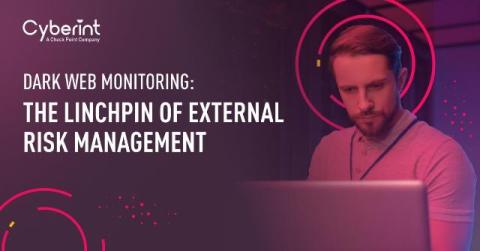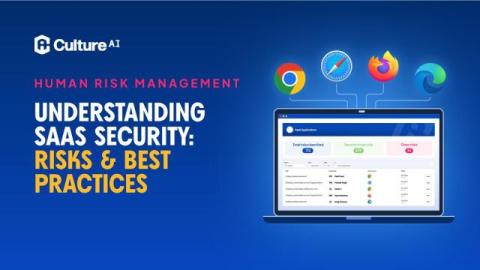Investigating iOS 18's AI Capabilities
With the release of iOS 18, Apple has continued to expand its integration of AI technologies, positioning the iPhone as a powerful personal assistant capable of smart recommendations, advanced text and image analysis, and even predictive suggestions. Leveraging on-device machine learning, iOS 18’s AI features tap into user data to provide a personalized experience.










